
Ethical AI and Smart Lock Systems
I recently sat down with a group to discuss the pros and cons of emerging technologies from my perspective as both anthropologist and ethical technologist; specifically, smart lock systems. For those who may be unfamiliar with smart lock systems, they are a relatively new technological advancement that uses image and facial recognition software to enable users entry to businesses and residences thereby eliminating physical keys; this technology is believed to increase safety and ease of accessibility. No more misplaced and lost keys, costly locksmith services, and the ease of allowing temporary and/or limited access to vendors, guests, and service providers.

Facial Recognition and Racial Bias
In as many years, 3 Black men have had their lives upended by wrongful arrests. Robert Williams, Michael Oliver, and Nijeer Parks were misidentified by facial recognition software, arrested, and held under suspicion of crimes ranging from petty theft to assault of a police officer. For Parks, who was accused of the more serious crimes of assault and eluding the police, the fight to clear his name went on for the better part of a year. Before his case was thrown out of court, and his name cleared, Parks would go on to spend 10 days in jai,l all due to…

The Pitfalls of Adversarial Clothing
When I present on panels about equitable and inclusive design, there are two areas I emphasize; as both a social scientist and tech ethicist, these are the areas where we, as humans have the greatest opportunity to bring about transformative change. The first and most fundamental tool we have within our arsenal is the call-in. The call-in is the seed from which the best accessible, equitable, and inclusive products and processes take shape. Who am I designing this for? Who am I designing it with? If they are not one and the same, we must go back and begin again…

Digital Blackface: Are you complicit?
[…] “digital blackface” is used to describe various types of minstrel performance that become available in cyberspace. Blackface minstrelsy is a theatrical tradition dating back to the early 19th century, in which performers “blacken” themselves up with costume and behaviors to act as black caricatures. The performances put society’s most racist sensibilities on display and in turn fed them back to audiences to intensify these feelings and disperse them across culture.
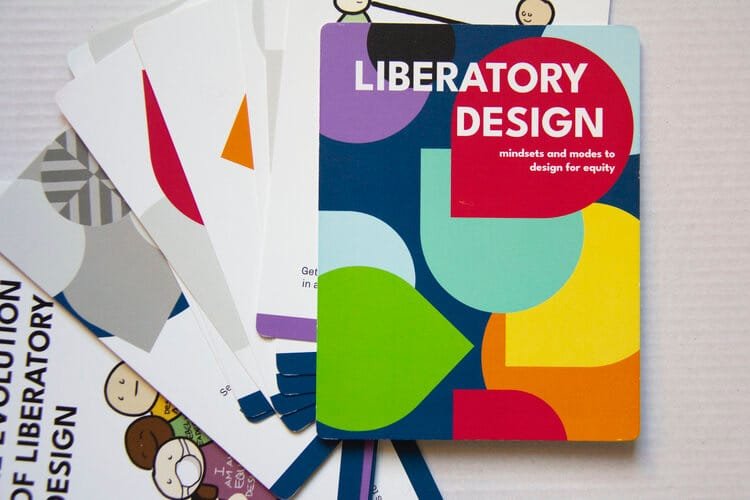
What is Liberatory Design?
At first, you might be thinking, what does design have to do with liberation? You might feel a tinge of discomfort come over you, and a sigh of, “Is nothing safe from ‘wokeness’?” You’d be partially right. As our critical thought processes evolve, as binaries and ceilings become more expansive, we are forced to reckon with the pervasive, insidious nature of the oppressive, exploitative, white supremacist, capitalist, heteronormative, patriarchal structures we have all been indoctrinated into, voluntarily… and not. “Liberatory Design is an evolution of the design thinking methodology. It’s an approach to problem solving that helps people translate their

The Importance of Intersectionality in Tech
One of the biggest misconceptions about tech is aptly summarized by Hessie Jones, “[Tech is]afforded a supremacy that humans feel comfortable not questioning. And yet, technology isn’t just a neutral tool.” As AI/ML continues to become rapidly enmeshed in our daily lives, so have discussions of ethics, and the lack thereof, in tech. The dangers of the myriad intersectional biases in tech design have made their way from the confines of esoteric spaces into broader mainstream discussions of diversity, equity, inclusion, and ethics. Although many big tech companies are hiring in-house DEI consultants and broaching the topic of more equitable
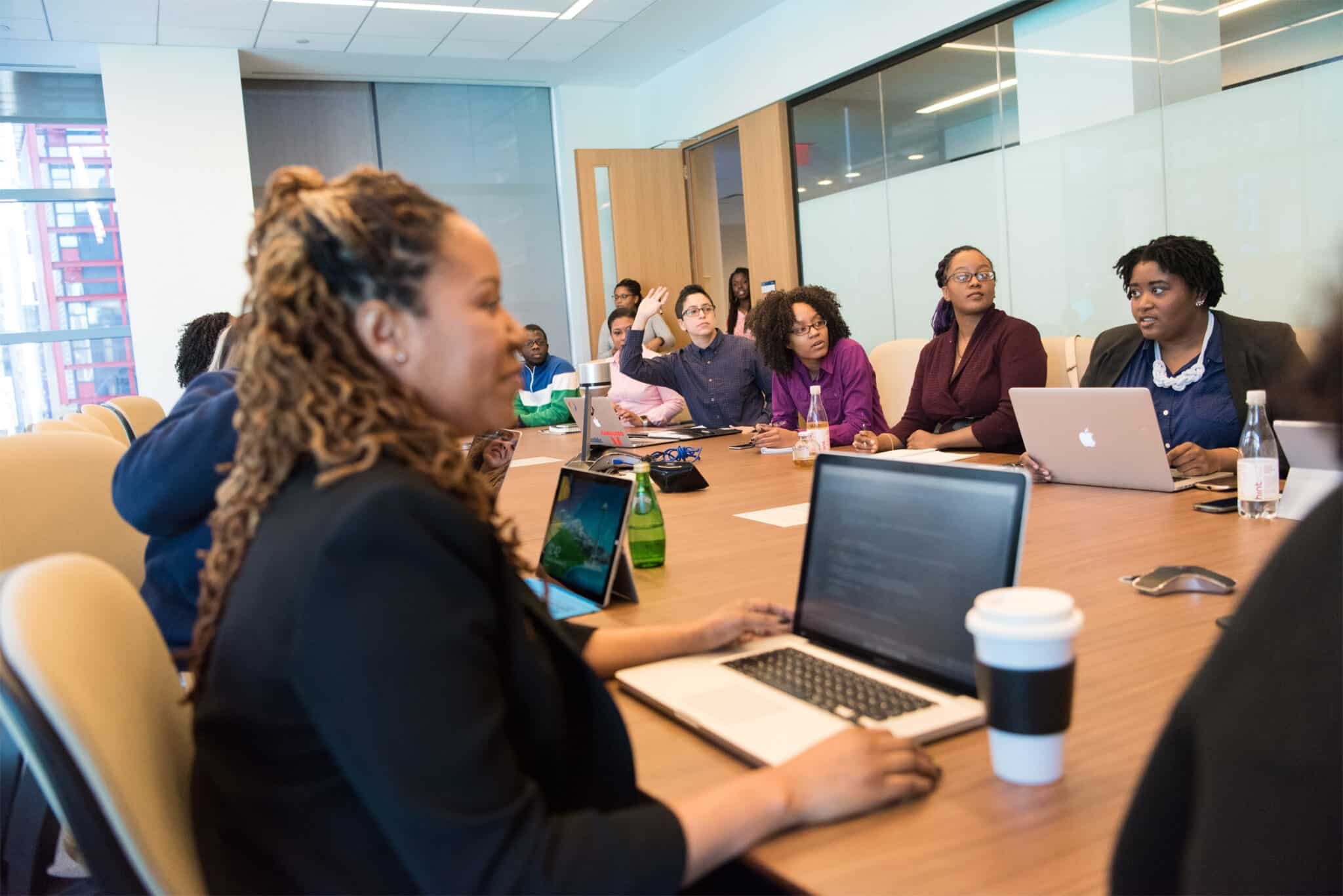
Equal Pay & Caregiving: How Covid19 Further Exacerbates Existing Inequities
International Women’s day is a day in which many celebrate the progress we’re making towards equal pay and fair wages between men and women. Over more than a century, this day has been observed in February on the Julian calendar and March on the Gregorian calendar. What is encoded in the language-as is often the case-is that International Women’s Day is actually only a marker of the progress being made to bridge the wage gap between white men and white women. Black women currently observe equal pay day in August—August 3rd, this year, and it has yet to become cause […]
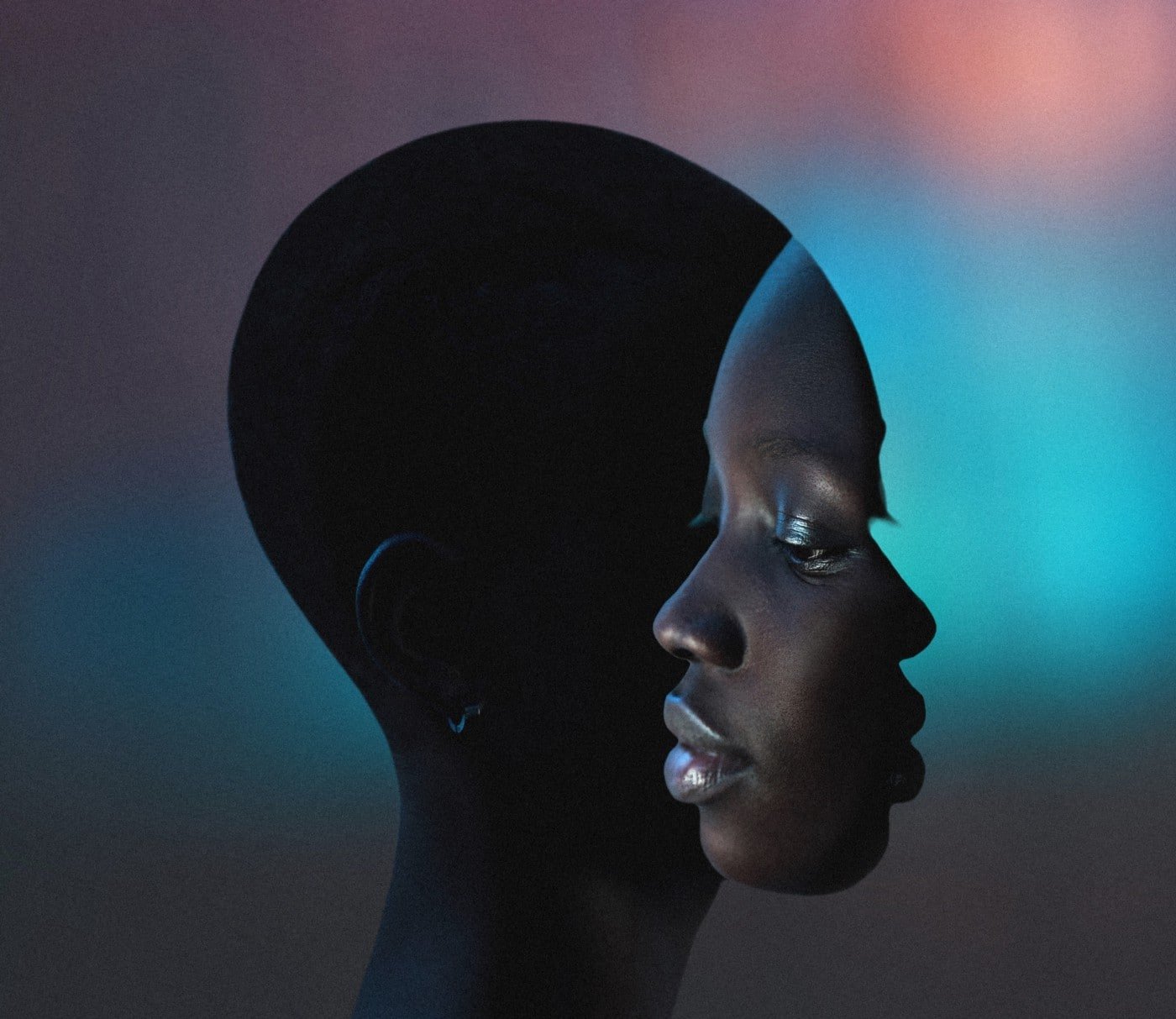
As a Black Woman, I’m Either Hyper Visible or Utterly Unseen
I was only five years old the first time I mentally code switched and went into another person’s experience. My father was never able to handle the pain caused by the sickle cell anemia I was born with, and it was in the throes of a painful sickle cell crisis that I learned he couldn’t cope with hospitals. Children are very perceptive to their parents’ emotions, and in that moment I could feel his terror and helplessness pulsing within me as if it were my own. During that experience I decided that I had to be strong for the both
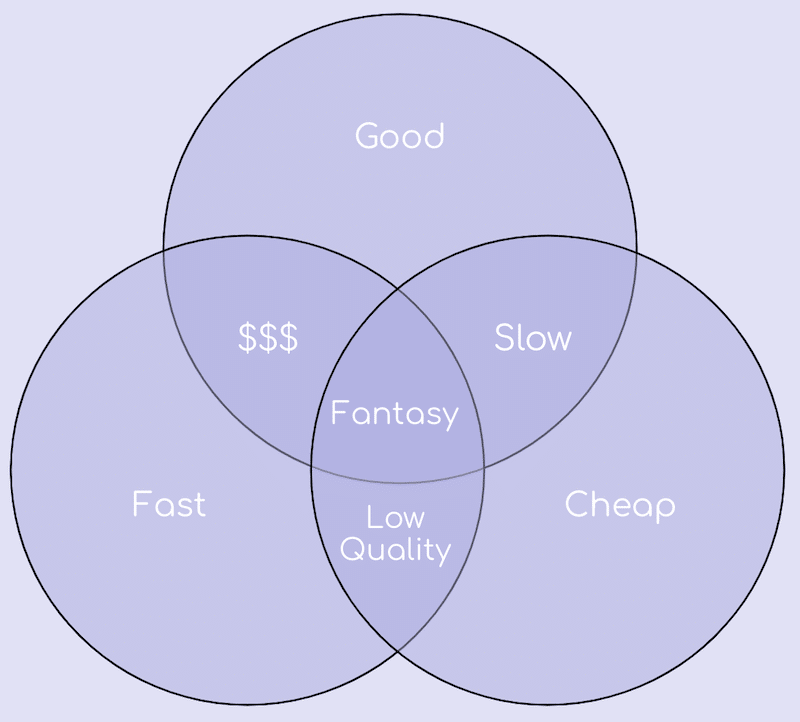
5 things Holding Organizations back from Transformative Change
At incluu, LLC, we create brave spaces for life. To some, this concept may sound dreamy, ambitious, and a little “millennial“, but our work in the diversity, equity, and inclusion space at the intersection of human, tech, and civil rights has continued to expose the pitfalls organizations face when they do not fully embrace and commit to their DEI initiatives. The murder of George Floyd in May 2020 and the global Black Lives Matter protests that followed forced organizations to explore the concept of breaking down barriers in their peoples, practices, and products. In doing so, many sought and are
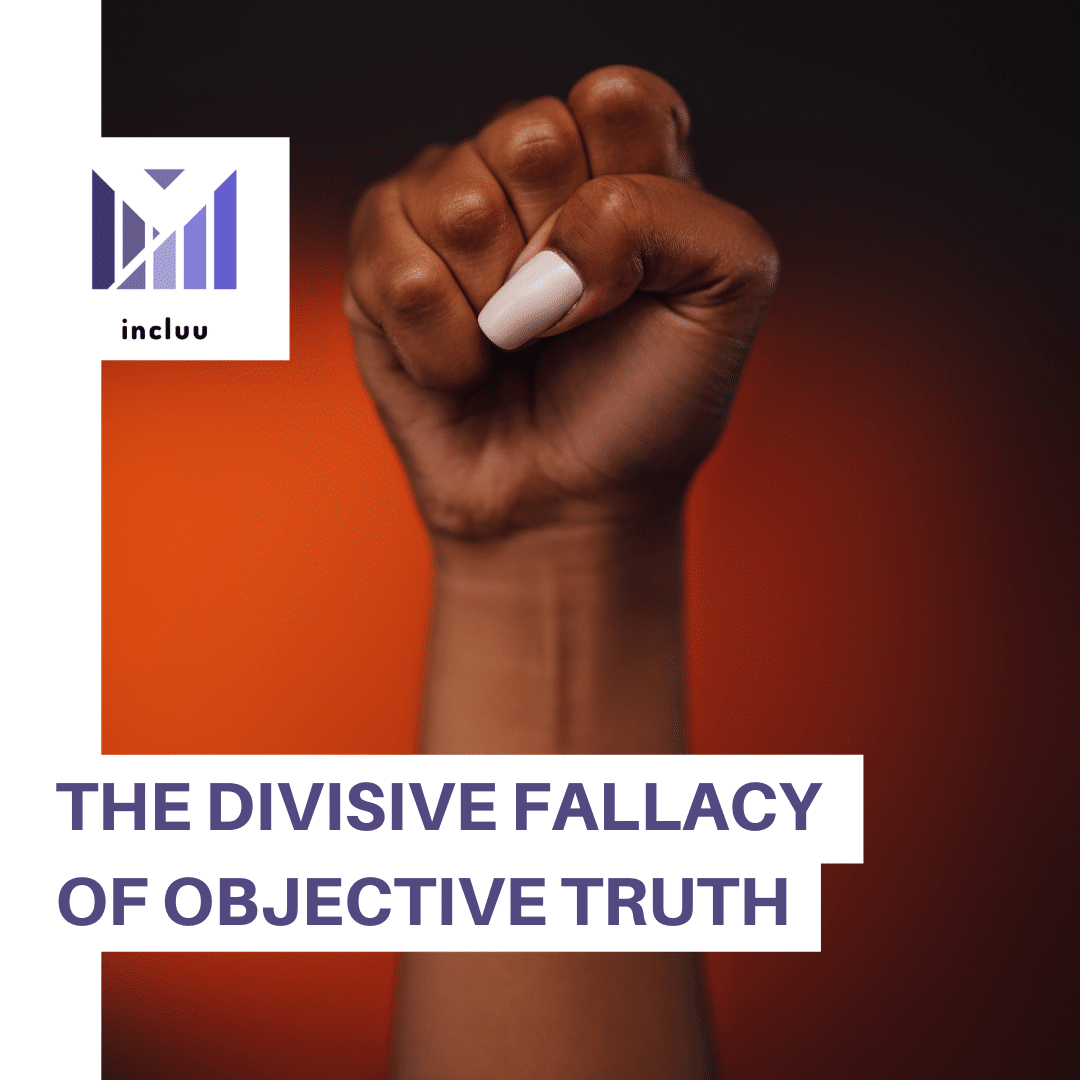
The Divisive Fallacy of Objective Truth
[Helen] Pluckrose believes there is an objective truth! She believes in one truth that is rooted in Western, White/European ideologies of a particular scientific method which denounces any other forms of truth. Of course, this is a dangerous assumption Helen Pluckrose, the founder of the site Counterweight*, has been outspoken in her critique of Critical Social Justice Theory (CSJ). In her article, What do we Mean by Critical Social Justice,” published earlier this year, Pluckrose attempts to explain her opposition to Critical Social Justice. She begins with the assertion that Liberalism and CST are quite similar and have shared goals
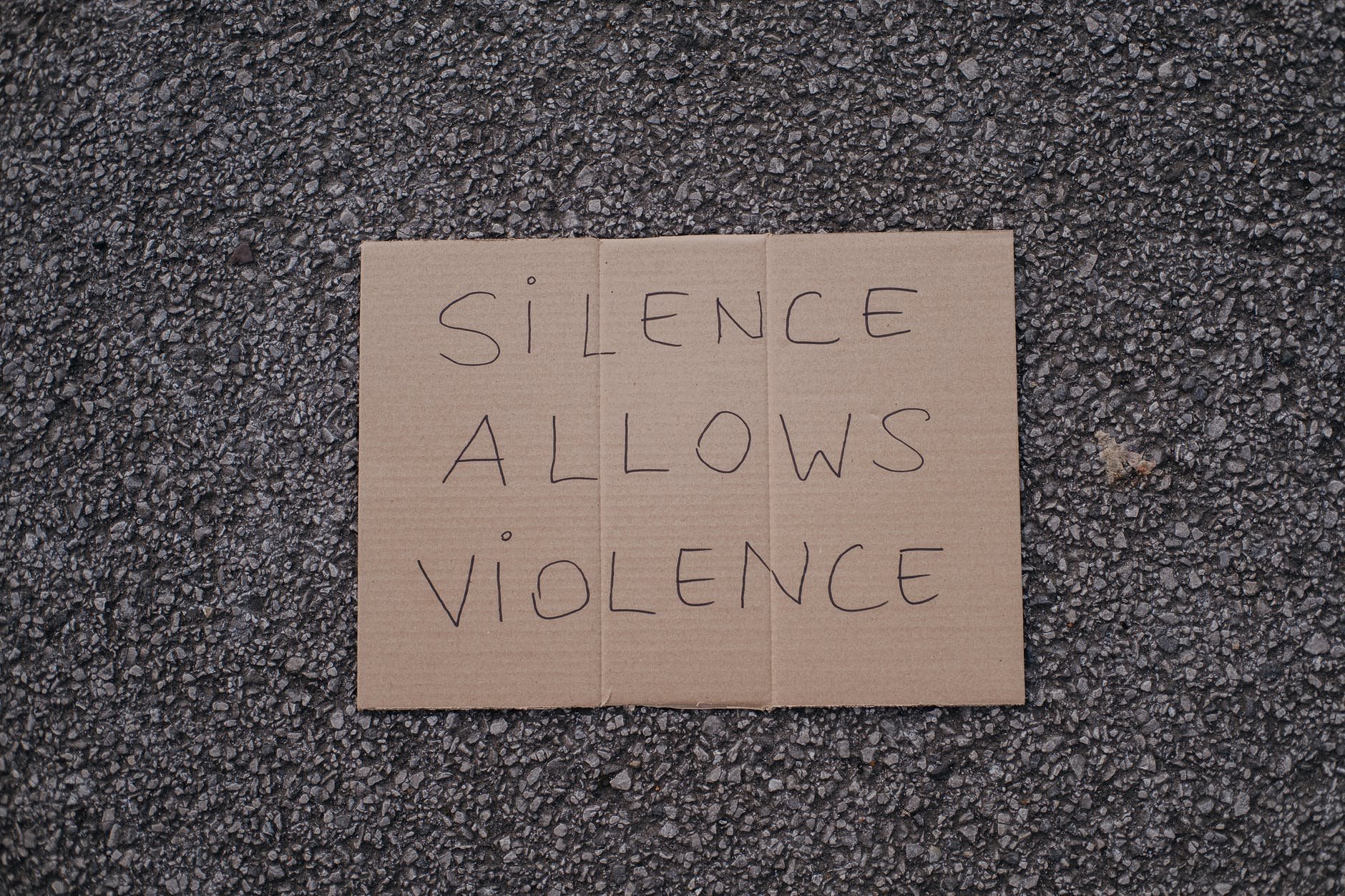
We Stand in Unity with Our Asian Allies
It has taken us some time to find the words to express our deep empathy, sympathy, and worry for Asian communities across the US. Acts of violence engendered by hate affects us all, so we did not want to comment until we ourselves were in a space where we could do so in a way that lifts the voices, struggles, and causes of our Asian allies. Incluu operates by educating and training folks to lead with curiosity and an open mind and heart; therefore, we strongly believe that education and learning on the perspectives of others is the best way

What Is Intersectionality and Why Is It Important
It’s been over three decades since law professor, Kimberlé Crenshaw coined the term intersectionality. The phrase was coined to—rather aptly—describe the ways our social identities overlap. “It’s basically a lens, a prism for seeing the way in which various forms of inequality often operate together and exacerbate each other.” Kimberlé Crenshaw, Time: Inequality in America In her groundbreaking 1989 paper, Kimberlé Crenshaw pointed to the problems with considering racism and gender-based discrimination only as separate systems. In a recent TedWomen Talk, Crenshaw recites, unbeknownst to the audience, the names of male victims of police violence. She requested only that audience

Racism and The Wellness Industry
2015 brought us #OscarsSoWhite shedding light on the absence of BIPOC voices and representation in the Academy Awards; “an award given for artistic and technical merit in the film industry”. 2018 brought us another hashtag: #WellnessSoWhite. #WellnessSoWhite began making its way into the discussions of diversity, equity, and inclusion in health and wellness via popular social media platforms and has resulted in small, albeit marked changes in the United States’ multi-trillion dollar industry. “Wellness is about making healthy lifestyle choices and maintaining one’s wellbeing both physically and mentally. In recent years, more people around the world have begun to recognize

Race Norming and Bioethics
“Race-norming”— also called “race correction,” “ethnic adjustment,” and “race adjustment” — refers to the adjustment of medical test results or medical risk assessment algorithms based on a patient’s race, the practice however, can and often does, include additional factors such as age, assigned sex at birth, and pain tolerance. Race-norming is believed to have been integrated into clinical risk assessment tools in 1981. Similar to the “soft-bigotry of low expectations” the practice is predicated on othering BIPOC communities, and most adversely affects Black people.

Black Excellence and the Low Expectations of White Supremacy
Black people are plagued by Imposter Syndrome, questioning their own competency and self worth; “Have I gained entry, or simply been allowed entry?” White people have deliberately set the bar low, yet maintain that BIPOC entry lowers it. – Dr. Dédé Tetsubayashi, Tech Ethicist In the wake of George Floyd’s murder, corporate America pledged to do better, saying it would diversify its leadership, encourage equity and take concrete actions to root out systemic racism. They revealed that while Black and Hispanic employees are often overrepresented as compared to U.S. census data on the nation’s workforce among the technicians, administrative assistants

The spirit of Juneteenth is acknowledgement
Recognizing Juneteenth as a National Holiday is not a solution to ending racism. It’s a bandaid, a temporary fix to a wound at which we have given only a cursory triage. Gatekeeping humanity by only granting the privilege of it being recognized, is wrong. There lies the audacity of racism: to believe freedom can be taken and given at one’s will and without recourse. Establishing Juneteenth as a federal holiday is an acknowledgement of slavery, which as an institution, has morphed appearances and changed tactics often in order to remain viable in today’s society. Juneteenth recognizes the subjugation of people

60 Minutes and (En)Coded Bias
Gut Reaction Droplets of water building until the cup overflows You spend time. Spend effort. And when you see a final product, without your name- without your history- you wonder if you’re the one who’s crazy. Recently, CBS’s 60-minutes aired a segment on racial bias in facial recognition technology, referring to a December 2019 National Institute of Standards and Technology (NIST) study as a “landmark study” while failing to mention the groundbreaking research on which the NIST study was based, and conducted by AI-research pioneers and Black women, Joy Buolamwini, Dr. Timnit Gebru and Inioluwa Deborah Raji. Ms. Buolamwini, who

From Invisibility to Radical Empathy
am passionate about my work as a Product Inclusion Specialist, a profession where I build products that work for everybody, regardless of ability, gender, resources, culture, race, or class. I focus on building ethical products and processes that resist exploiting customers as merely transactional profit providers, because greed is the enemy of equal socioeconomic progress, and there is a middle: building equitably for both people and profits. As technology has exploded around us and demonstrated capabilities beyond our imagination, we’ve come to believe that building machines will relieve us of our own biases and shortcomings. Machines, we believe, won’t be flawed the way we are.
